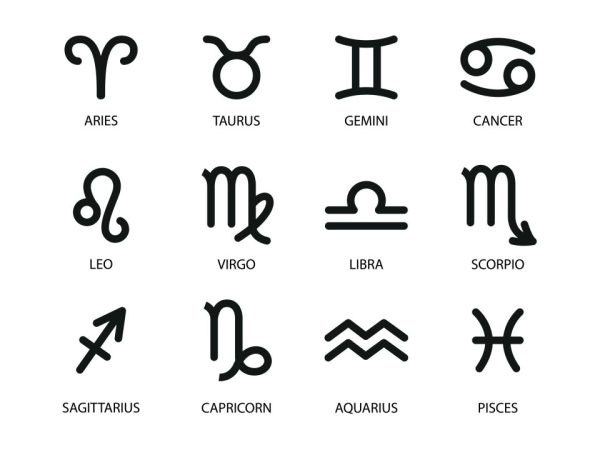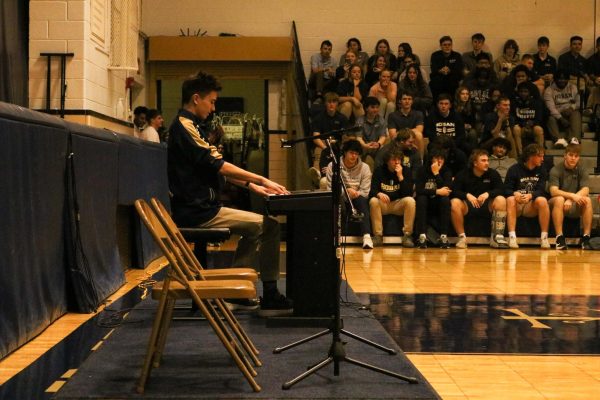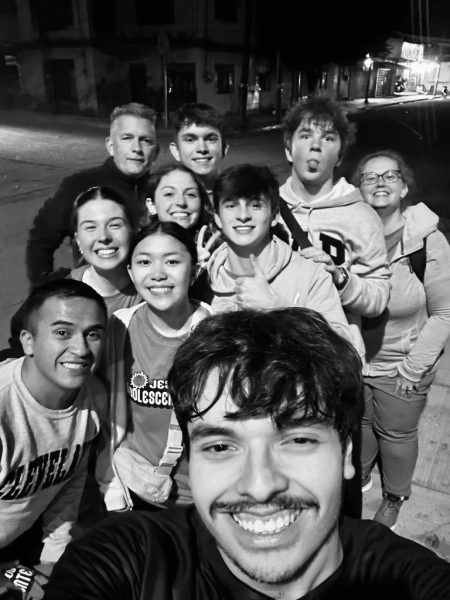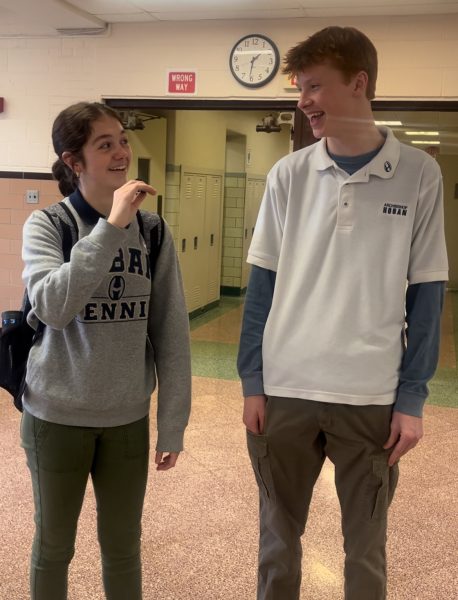Why a Netflix show about buried treasure is the must-watch of the season

photo courtesy of imdb
May 1, 2020
Summer, sand and a mysterious shipwreck full of 400 million in gold. Sounds like a dream in quarantine, while America watches the stock market continue to crash, right?
The ten-episode first season of “Outer Banks” (shortened to OBX by members of the cast and crew) brings all that and more as it follows a group of teenagers living in—you guessed it!—The Outer Banks, North Carolina. Set against the backdrop of a post-hurricane sleepy summer, surfer-boy John B. Routledge and his best friends Pope, Kiara, JJ and Sarah search for the lost treasure of the Royal Mariner. They aren’t the only ones on the hunt for the gold: soon, they find themselves intertwined in a plot involving conmen, murder and a practically-worthless compass.
A constant dialogue of class struggle runs through the show, supported by the existence of two distinct castes: the rich kids, or Kooks, who run the island, and the poorer ones, Pogues, who make the island run. The show doesn’t tackle the issue head-on, exactly. Instead, it provides snapshots of disparities.
In one notable scene, Pope receives the reminder that only ”Kooks” get third and fourth chances when it comes to college. In another, Kiara mocks the fact that half the island is throwing a party while the other half doesn’t even have electricity. Without the usual preachy, stale speeches, OBX mocks the social order and reveals its omnipresent faults.
That isn’t to say OBX doesn’t have its stale moments. Like any summer on the coast, the writing gets rocky at certain points. Particular dialogues stick out as forced and baseless. On occasion, the central romance of the show becomes overly predictable and lackluster, and family conversations devolve into bland screaming matches.
What the show loses in scripting it makes up for in the natural chemistry between the cast. The “found family” element plays a big part in OBX, and each young star does their part in selling it. Off-screen, main actors Chase Stokes, Jonathan Daviss, Madison Bailey and Rudy Panchow have been reportedly quarantining together for a majority of the pandemic. Their recent real-life friendships translate into believable, strong bonds between the long-time best friends that they portray.
The island itself becomes a character in the show. A post-storm power outage contributes to the wealth gap and raises the stakes for Routledge and his friends. Ferries to and from the mainland buy the kids more time. Island middlegrounds set the stage for fights and amp up rivalries.
North-Carolina vacationers should note, however, that the show was not filmed in the actual Outer Banks. Because of the recent trans-exclusive bathroom bill, both Netflix and the show runners opted to film the show in South Carolina and alter some geographical information.
“Outer Banks” on Netflix is the quintessential modern teen romp. Featuring forbidden romance, summer drama and just enough serious content to make viewers question, it succeeds in every area on which shows like “Riverdale” have staked their notoriety. While it does present some glaring faults, a stellar cast and perfect setting make this a must-watch of quarantine.



